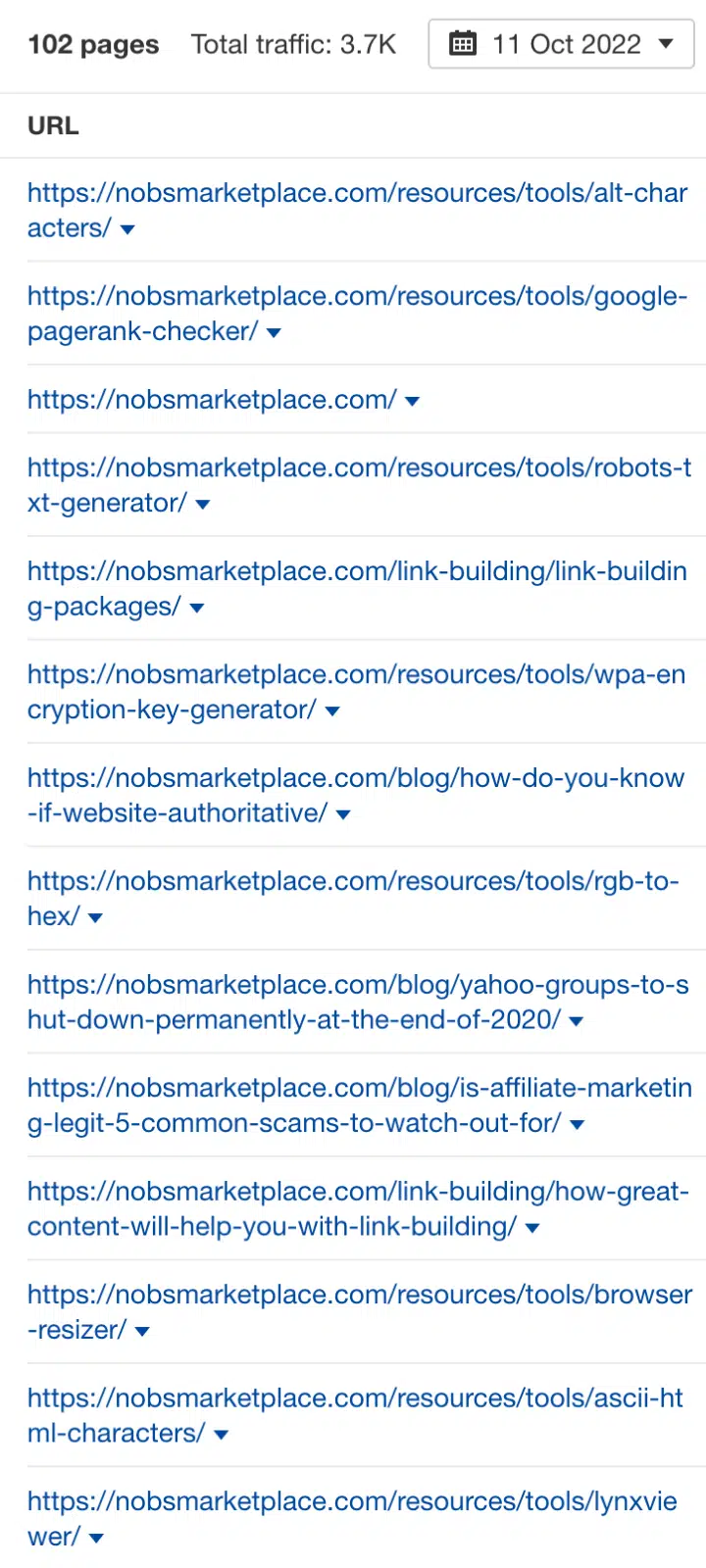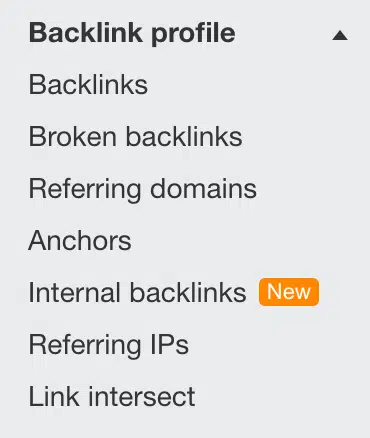How Call Tracking and SEO Generate More Qualified Leads
-

Aaron Gray
- Blogs
-
 October 14 , 2022
October 14 , 2022 -
 12 min read
12 min read
Electronic mail may have revolutionised business communication, but voice calls remain the fastest way to connect with colleagues, customers, leads, or prospects. And as every marketer knows, time is crucial in closing a sale.
At least 169 billion business calls have been placed annually since 2020, according to the article, ‘Your Customers Still Want to Talk to a Human Being,’ published in Harvard Business Review. These direct contacts are up to 15 times more likely to result in a successful sale than digital form submissions, making them indispensable in every marketing strategy.
Moreover, pairing electronic calls with other tactics, such as search engine optimisation (SEO), can make communicating with prospects more impactful. These tools can provide valuable insights into consumers’ responses to various marketing tactics.
In this article, you’ll discover why SEO and call tracking can help boost leads, improve online and offline campaigns, and provide many advantages to your business. Let’s take a closer look.
Understanding Call Tracking

Call tracking software allows businesses to gather user data in every call. By embedding this functionality, site owners can determine which marketing campaign or channel triggered the call and monitor how the transaction went. Call-tracking features can also monitor user response, including rejections and lead conversions.
Collecting valuable data allows businesses to evaluate marketing efforts and optimise their campaigns to drive results. It can then become easier to attribute performance and revenue to a specific marketing strategy.
How Does Call Tracking Work?
Voice calls are highly important among consumers. They can get direct and quick responses to queries. In fact, based on a 2019 study , an immediate response is crucial in sales and customer service, with 88% of consumers preferring to talk to a live agent instead of navigating complex menus.
However, relying on voice calls from potential buyers doesn’t always guarantee a conversion. In the beginning, phone conversations can’t accurately identify what the user wants or collect information on their readiness to purchase. And that’s where call tracking comes in.
When a phone call is placed, the call-tracking software replaces the caller’s numbers with a unique number, in which user data is saved. This functionality is made possible through dynamic number insertion or DNI . This technology replaces a user’s static number with unique identifiers and gathers pertinent data about the specific caller.
Businesses can choose which data needs to be collected, and this often includes the following:
- Caller’s location
- Page visits and other user activities
- Platform or channel source
- Paid and organic search keywords, and so on
Most call-tracking platforms enable owners to set the data collection parameters for marketing purposes. While a call is ongoing, call tracking services can allow businesses to:
- Record the call
- Identify the agent or team member handling the call
- View call details
These processes happen simultaneously and without interrupting the conversation. The service can also detect call history, displaying previous calls and how the conversation went during earlier contacts. As call tracking services collect different types of user data, their dashboards don’t look the same. The image below is one such example:
Now that we covered call tracking, let’s move onto…
How Does SEO Work?
Like business calls, SEO is a potent digital marketing technique. But it’s more concerned with letting your webpage rank highly on the search engine results page (SERP). At its core, SEO aims to attract more target audiences to your business website so it can be used to generate leads.
Numerous considerations are involved in the ranking system, and the three primary SEO types cover these elements.
- On-page SEO
On-page SEO involves multiple strategies that optimise your content, making it machine-readable and more visible in organic search rankings. In most cases, SEO tactics are complemented by content marketing strategies, focusing on distributing all content types to boost awareness, brand recall or to establish brand authority and reputation.
Besides creating useful content, on-page SEO tactics involve using relevant and most-searched keywords, creating meta information, and facilitating a great user experience. Here’s an example of on-page SEO being worked out for content and meta.

- Off-page SEO
Also known as offsite SEO, this method covers initiatives performed outside your website to increase page rankings. These include:
- Guest posting
- Link building
- Collaborating with a social media influencer
Building inbound links from authoritative and relevant sites is an essential off-page SEO strategy. Identifying which links to include is influenced by several factors, including the site’s popularity, authority, and relevance. The anchor text used in linking also matters, as it must be something your target audience is highly interested in or contain search keywords they’ve entered before. Here’s an example of a guest post with a link inserted.

- Technical SEO
Any SEO activity that focuses on optimising the content or website to be found, understood, and properly indexed by the machine falls under this SEO type. Ensuring that there are no broken links and that your page is mobile-friendly or loads fast using technical methods is at the core of this SEO strategy. Studying your site maps, Hreflang, URL structure, and canonical tags are a few considerations in technical SEO. Here’s an example of just one small section of a technical SEO audit.

A good rule of thumb for SEO success is creating a good balance between creating content that can be processed by the search engine while remaining relevant and valuable to your target audience or leads. But…
What Is A Qualified Lead?
A lead is a potential buyer vetted by the marketing and sales teams. A qualified lead, also called a prospect, must have purchase intent. Lead qualification can differ from one business to another, and there are no hard and fast rules about qualified and non-qualified leads.
But as a guide, most businesses look at multiple factors and assess whether they:
- Are aware of their needs and consider your product an urgent purchase
- Have the sole purchasing authority or are in control of their buying decisions
- Trust your brand, or are interested enough to listen to a sales pitch
Marketing and sales teams have their criteria for evaluating leads. Generally, prospects go through different stages before purchasing. These are included in the sales funnel, as reflected in this image:

The funnel becomes narrower towards the purchasing stage because not all qualified leads act positively to marketing and sales pitches. In such cases, using the right strategies significantly affects the conversion processes and sales close rates.
Often, marketers can only qualify leads during phone or face-to-face conversations. But tools such as call tracking and SEO can help businesses gather useful information for lead qualification.
How Call Tracking and SEO Generate More Qualified Leads
When leads visit your site, it’s safe to assume they’re interested in what you have to offer. Unfortunately, the mere act of visiting isn’t enough to help businesses qualify prospects. Call tracking, as mentioned earlier, can help companies with that.
Collecting callers’ online data generates numerous benefits for businesses and marketing teams. With it, companies can identify the best leads and improve their marketing tactics, including SEO, to increase conversion. Below are some ways call tracking and SEO work together to generate more qualified leads.
- SEO and Call Tracking Can Optimise Other Contact Points
SEO primarily aims to increase a business’s online visibility and web traffic. It can boost lead generation efforts by increasing brand awareness and encouraging leads to initiate contact with the brand. Meanwhile, call tracking helps businesses qualify leads with better accuracy.
Here are some contact points which can be optimised with SEO and Call Tracking.
- Local Business Listing: Organisations can use several platforms to make their presence felt online. Besides creating a website, local SEO tactics dictate companies should be present in the local business directory.
The most popular search engine platform can enable local businesses to build their online accounts and be discovered when consumers are looking for specific shops and services nearby. And here’s where companies can use call tracking when placing their phone numbers. According to a 2019 study, one company is visible in 1,009 searches per month.The figure represents 33 opportunities daily for a business to be found, attract and impress prospects. The study also said the local directory searches had a five percent conversion rate, and enterprises received 59 actions monthly from their local business listing. This means local business listings can be a good source of qualified leads, and companies must make call tracking possible on all platforms.

- Landing Page: A landing page exclusively carries the brand’s call-to-action phrase. It persuades visitors and prospects to convert or take positive action. Top-performing companies have landing page conversion rates of at least 11.45%. Several elements must be considered in making landing pages more effective, including knowing what your audience wants, the resources that go with them, such as e-books, newsletters, free webinar access, and the keywords you use.
Call tracking can help organisations list the most effective keywords and conduct A/B testing on landing pages to boost SEO and conversion rates. Creating separate landing pages attributed to every service or product you provide can also help boost your search ranking, with call tracking services enabled on each landing page.Users who click on optimised landing pages and local business listings are most likely interested in your offers. Moreso when they initiate the first call.
According to a study by Google, 61% of mobile users place calls when they’re ready to purchase. Most prefer calls versus other online contacts to get swift answers and talk to a person. Additionally, users choose to make calls when preparing for high-ticket purchases. Here’s an example of a landing page.

- Call Tracking and SEO Target the Right People on the Right Platforms
Maintaining an online presence is necessary, yet it isn’t enough to get a business going. Any marketing professional, or SEO specialist, needs reliable data on conversion rates to determine whether their strategies are effective or if they need to improve them. Call tracking can add another layer of useful data for assessing marketing performance.
To increase the chances of reaching qualified leads, firms must be visible at the right time and place to the right kind of people—online or offline. Firms must complement digital campaigns with offline marketing schemes to generate more qualified leads. Traditional marketing activities can be integrated into the call-tracking features by assigning a distinct uniform resource locator (URL) or landing page for each initiative.
Marketers can also use SEO tactics that boost visibility and, alongside search engine analytics and call-tracking data, determine the most effective online and offline channels and demographic that find your brand most appealing. Getting hold of valuable data can empower businesses to focus on specific platforms and campaigns while improving their strategies in weaker channels.
- Call Tracking and SEO Make Lead Evaluations Easier
Besides zeroing in on the most effective marketing channels, call tracking enables firms to assess the calls they’re getting and the quality of calls received. Ultimately, it helps marketers adjust tactics and weed out users without purchasing intent.
- Analysing Leads: Using strategic keywords remains one of the top strategies for marketers, alongside understanding search intent. Data gathered by call tracking software can be so specific that companies can identify the keywords that led to the call. This feature is valuable in creating SEO-driven content, which requires the most searched keywords that your target audience is responding to.
When used strategically, SEO can fulfil two vital roles; increasing web traffic and targeting a specific audience to facilitate conversions. At the onset, users must be interested enough in the brand, products, or services. However, leads may or may not be willing and ready to purchase immediately, and their search intent often shows where they are in the sales funnel.
For instance, words like ‘price’ or ‘near me’ accompanying certain search words may indicate that the user is willing to purchase. Conversely, terms like ‘benefits’ or ‘compare’ could mean that the visitor hasn’t fully decided about buying, placing them further up in the funnel.
- Guiding Leads Through The Funnel: A company must understand its target audience to rank high on the search engine results page (SERP). At the onset, a brand must convey its value proposition to catch buyers’ attention and keep them interested. Marketers can even offer free content to stimulate purchase intent after this is established.
From there, marketers can evaluate the level of intent with the help of SEO and call tracking tools, and their internal criteria, resulting in a more effective lead qualification process. Leads often decide to convert when a business offers solutions valuable and relevant to them, and those who are truly interested will devour your content and visit your site often. Generally, they’ll respond positively to follow-ups, leading to successful sales.
Concluding Thoughts
Marketing involves several tools and tactics that can help businesses reach their specific objectives to boost sales and revenues. These various schemes must work seamlessly together for a successful campaign.
The complementary use of SEO and call tracking, for instance, allows businesses to know how and where to get high-quality leads by identifying the most effective marketing schemes and channels. Done correctly, SEO provides a consistent stream of website traffic, while call tracking evaluates high-value contacts by collecting insights from the user. Gaining valuable data from leads makes creating optimised content easier and with measurable results.
More importantly, call tracking takes the guesswork out of screening qualified leads. When used alongside SEO, it can help boost conversion rates as marketers can nurture prospects better. Ultimately, call tracking and SEO can easily turn website traffic into potential revenue.
If you want to know how to make marketing campaigns that deliver results, talk to us for an initial consultation.
Subscribe to Our Blog
Stay up to date with the latest marketing, sales, service tips and news.
Sign Up
"*" indicates required fields


